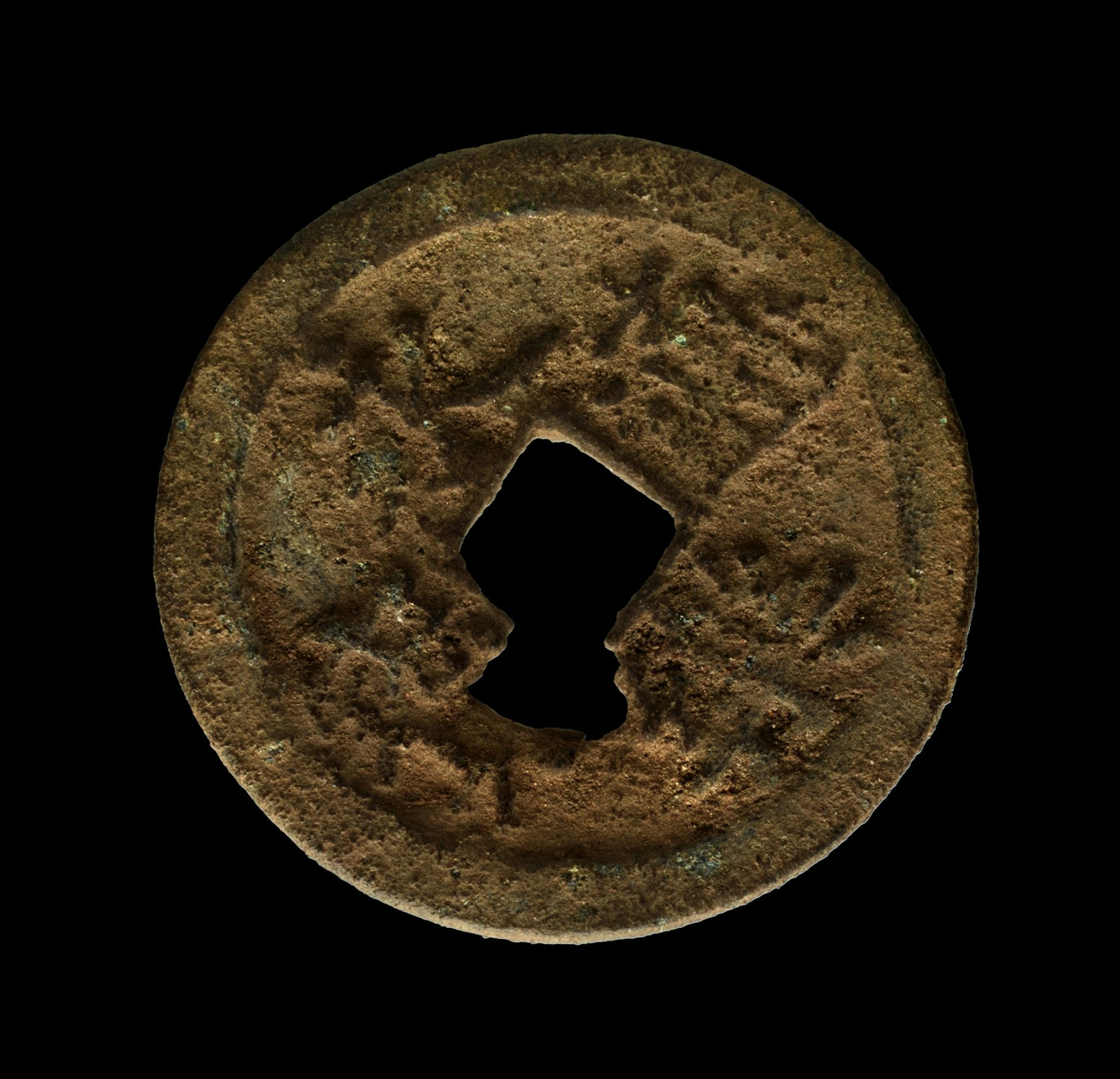For many, money is as commonplace as the air we breathe. We earn it, spend it, save it, and sometimes wish we had more of it. But have you ever stopped to consider how long humans have been using money? The answer might surprise you. The story of money is a long and fascinating journey, stretching back tens of thousands of years.
While that crumpled dollar bill in your pocket might seem like it has seen centuries, the concept of using a medium of exchange goes back much further than paper currency or even coins. Archaeological evidence suggests that humans have engaged in forms of exchange and trade for at least 40,000 years, starting in the Upper Paleolithic era. Initially, this exchange took the form of barter, a direct swap of goods or services between two parties.
From Barter to Currency: The Evolution Begins
Barter, while functional in simple societies, had its limitations. It required a “double coincidence of wants” – meaning both parties had to desire what the other possessed at the same time. Imagine trying to trade your extra grain for shoes if the shoemaker didn’t need grain right then! This inefficiency paved the way for the development of money.
Money, in its most basic sense, is a universally accepted medium of exchange, a unit of account, a store of value, and a method of payment. Over millennia, its form has dramatically transformed, evolving from natural objects to metal coins, paper notes, and now, digital forms. But regardless of its physical manifestation, the fundamental purpose of currency has remained constant: to facilitate trade and economic interaction.
Early Forms of Currency: Nature’s Bounty and Commodity Money
The earliest forms of money weren’t the coins and banknotes we recognize today. Instead, they were often natural objects or commodities that held intrinsic value or were widely desired within a community. These items were relatively rare, easily controlled in circulation, and broadly accepted as valuable.
Examples of these early currencies are diverse and fascinating. Shells, particularly mother-of-pearl and cowrie shells, were widely used across continents. Cowrie shells, for instance, served as currency in Africa, Europe, Asia, and Australia. Other natural commodities that functioned as money included native copper, meteorites, obsidian, amber, beads, and even precious metals like gold and silver in their raw ingot form. In some societies, even live animals, such as cows, served as a medium of exchange well into recent history, particularly in pastoral communities where livestock held significant value.
The Mesopotamian Shekel: The First Standardized Currency
While these commodity monies served their purpose, the need for a more standardized and easily managed form of currency grew with increasing societal complexity and trade. Around 5,000 years ago, in Mesopotamia, a groundbreaking innovation emerged: the Mesopotamian shekel. This is widely considered the first known form of true currency.
The shekel wasn’t a coin in the modern sense, but rather a specific weight of barley or, later, precious metals like silver. Standardizing currency by weight marked a significant step towards more efficient and reliable economic transactions. This system allowed for a more consistent measure of value and facilitated trade over larger distances.
The Rise of Coinage: Portability and Political Control
The next major leap in the evolution of money was the invention of coinage. The earliest known mints for producing standardized coins date back to between 650 and 600 B.C. in Asia Minor, specifically in Lydia and Ionia (modern-day Turkey). The elites of these regions began using stamped coins made of precious metals like silver and gold, initially to pay their armies.
Coinage offered several advantages over previous forms of money. Coins were portable, durable, easily transportable, and possessed intrinsic value, especially when made from precious metals. Furthermore, the production of coins – from mining the raw materials to minting the final product – could be controlled by political leaders. This control allowed rulers to manage the money supply, collect taxes, and finance state activities, including military expenditures.
The widespread discovery of ancient coin hoards across Europe, Asia, and North Africa testifies to the success and adoption of coinage as a primary form of commodity money by the beginning of the first millennium A.D. The extensive circulation of Roman, Islamic, Indian, and Chinese coins highlights the growth of pre-modern commerce and interconnected trade networks across vast geographical areas.
Money as a Catalyst for Trade and Connection
Money has always been more than just a tool for economic transactions. It has served as a catalyst for social interaction, cultural exchange, and political influence. The movement of currency throughout history mirrors the ebb and flow of trade routes and global connections.

For instance, archaeological finds like a 15th-century Chinese Yongle Tongbao coin unearthed in Kenya, demonstrate the reach of ancient trade networks. This coin, dating back to the Ming Dynasty, highlights China’s maritime explorations and trade missions to distant lands, centuries before European voyages of discovery. Such discoveries illuminate the interconnectedness of the ancient world and the role of currency in facilitating global trade.
The Enduring Legacy of Money
From its humble beginnings in barter and commodity exchange to the sophisticated digital financial systems of today, money has undergone a remarkable evolution. While the forms of currency have changed dramatically over millennia, the fundamental functions and impacts of money remain surprisingly consistent. It continues to shape societies, drive economies, and connect people across geographical and cultural boundaries. Even in our increasingly digital age, understanding the long history of money provides valuable insights into its enduring role in human civilization and its ongoing evolution.